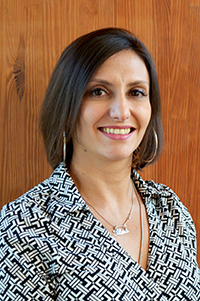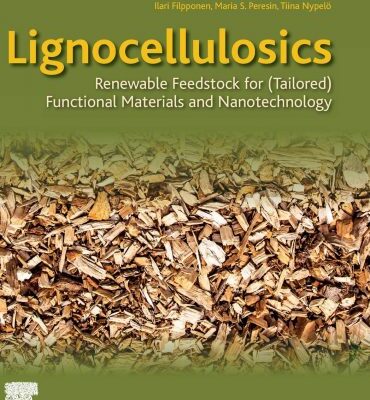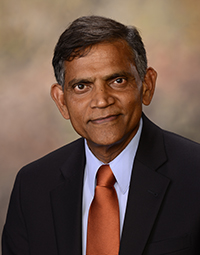Maria Soledad Peresin, a faculty member in the School of Forestry and Wildlife Sciences at Auburn University, has co-authored a book that calls attention to the enormous potential of a tiny but powerful nanomaterial.
The book, “Lignocellulosics: Renewable Feedstock for (Tailored) Functional Materials and Nanotechnology,” explains how the increasing use of lignocellulosics as raw material allows ambitious reconstruction of smart green materials.
“More than a research project, this book was aimed to capture the cutting-edge research on functional lignocellulosic nanomaterials among the international community working in this subject,” Peresin said.
Lignocellulose, an abundant, renewable resource, is widely distributed in crop residues, including wheat straw, wood chips, dead branches, fallen leaves and a myriad of additional sources. Lignocellulosic materials are a mixture of natural polymers based on lignin, cellulose, hemicellulose and tannins.
The research on the topic is vast, incorporating multiple disciplines, she said.
“All the work compiled in the book from international contributors reflects the advances on high-performance and high value-added materials from biomass, including wood as well as agricultural byproducts, through a multi-array of disciplines, including nanotechnology, chemistry, physics, optics, materials sciences and engineering, as well as product development,” Peresin said.
Peresin co-authored the book along with Ilari Filpponen, a former assistant research professor at Auburn University’s Alabama Center for Paper and Bioresource Engineering, and Tiina Nypelö, an associate professor in the Department of Chemistry and Chemical Engineering at the Chalmers University of Technology in Gothenburg, Sweden.
Co-author Filpponen, who completed his postdoctoral research in bioproducts and biosystems at Aalto University in Finland, said the book is the first of its kind.
“The text nicely demonstrates the compiled interdisciplinary efforts of chemists and engineers to not only attain understanding, but also to generate novel processes that will pave the way for developing new products from our vast lignocellulosic feedstock,” Filpponen said.
School of Forestry and Wildlife Sciences Dean Janaki Alavalapati said the work of Peresin and her team is innovative.
“This book has the potential to bring scientists in diverse fields together to discover as-yet unknown contributions that lignocellulosic biomass from forest species and agro-food waste streams can make to the revalorization of the national economy while providing great societal benefit,” Alavalapati said.
“This is yet another example of our faculty making great strides in research that will lead to new perspectives and products.”
The project germinated in 2015 from an idea Peresin and her colleagues organized at the Cellulose and Renewable Materials Division of the American Chemical Society. Representatives from Elsevier, a Dutch publishing and analytics company, offered to edit the book for the group.
(Written by Teri Greene)











